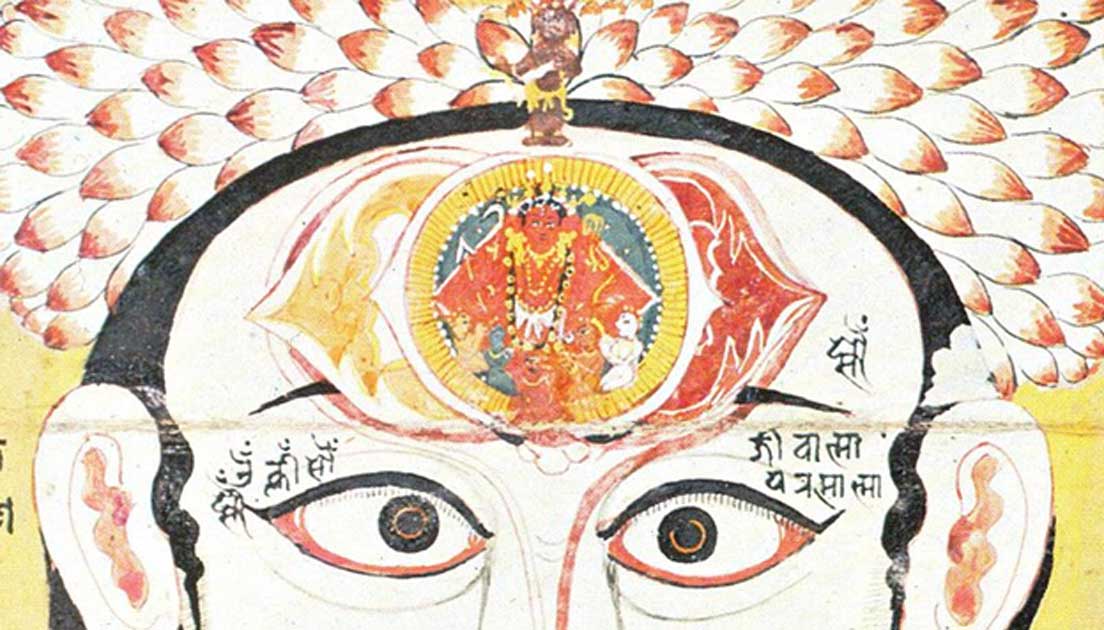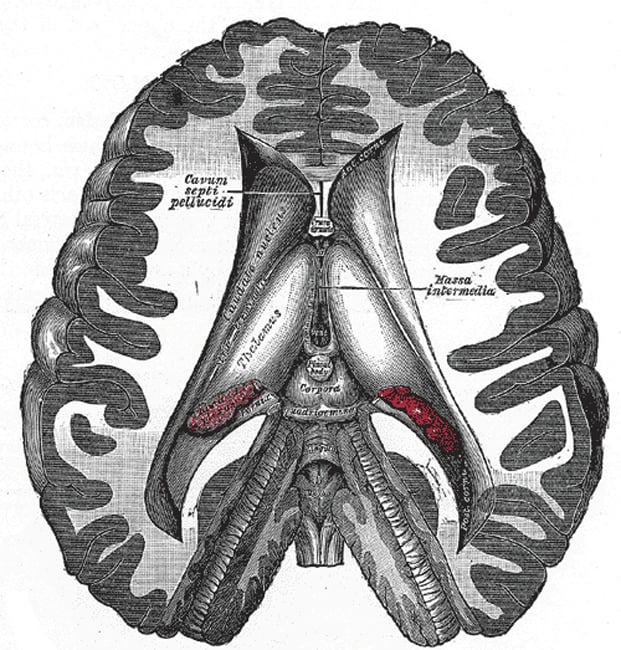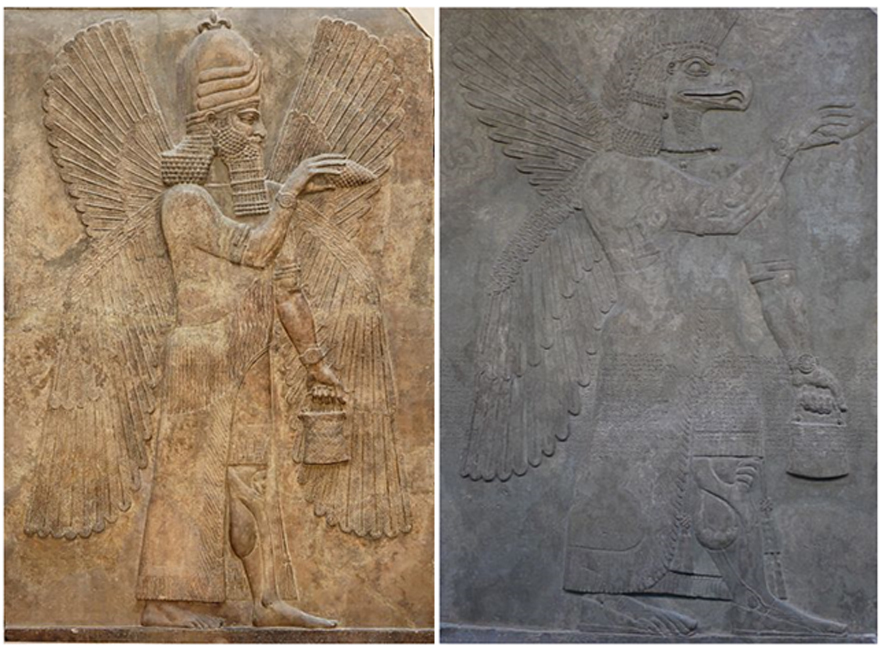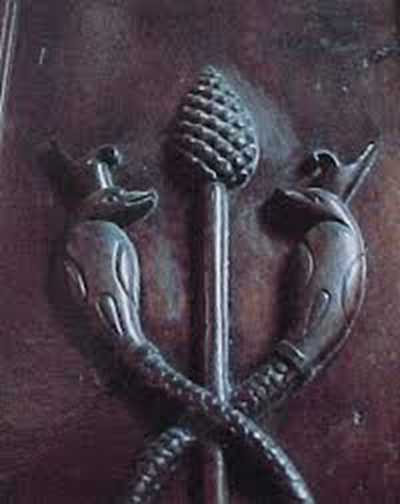
Ancient Secrets Come into Sight: The Pineal Gland, Pine Cone Symbolism, and the Third Eye
There is an enigmatic gland which seems to be hidden away in the human brain that has fascinated people for centuries. Depictions of pine cones and sacred eyes have been linked to this mysterious biological feature and can be found in ancient cultures around the world.
What is the Pineal Gland?
The pineal gland (also known as the pineal body) is located in the epithalumus near the center of the brain. It is a part of the endocrine system and found outside the blood-brain barrier. It is reddish-gray in color, conical in shape, and about the size of a pea. The pineal body is found in most vertebrate species and biologists have classified the gland as an atrophied photoreceptor, or a vestigial eye, depending on the species of interest. Although the human pineal gland is relatively easy to see on modern x-rays due to high levels of calcification, it is only recently that some light has been shed on its biological purpose.

Dissection showing the ventricles of the brain – note the central position of the pineal gland (pineal body), here colored in grey. (Public Domain)
The Pine Cone and Third Eye Symbolism
The name of the pineal gland comes from its pinecone-like shape. It is said that the pinecone was revered by ancient pagan people as the fruit (or seed) of the evergreen - a symbol which is connected to ideas of eternal life. It has also been considered a phallic symbol for its shape and role in creating life. The pinecone is a symbol which can be found in many ancient civilizations and cultures around the world. The following are some possible examples of pinecones appearing in ancient art.
Assyria: Winged Genii holding buckets and cones is a recurring motif in Assyrian iconography. This image is especially popular in palace reliefs. One clear example comes from the Palace of King Sargon II at Dur Sharrukin, present day Khorsabad, Iraq. The carvings date to 713–716 BC and show winged figures which use the pinecones in rituals of either purification or fertilization.

Left: A Winged genie with a pinecone and bucket performing a ritual before a Tree of Life panel. (Public Domain) Right: An eagle-headed figure in the Assyrian ‘bucket and cone motif.’ (Geni/CC BY SA 4.0)
Egypt: In ancient Egypt, the symbol of the pinecone is found depicted on the Staff of Osiris (from about 1224 BC). This image shows two serpents that intertwine on their way up the staff which is topped with a pinecone. Some researchers link the snakes with the Hindu idea of kundalini – in which the pinecone acts as the pineal gland (or Ajna chakra).





